Home>Home Appliances>Bathroom Appliances>What Kind Of Energy Transformation Is Taking Place When A Hair Dryer Is Used?
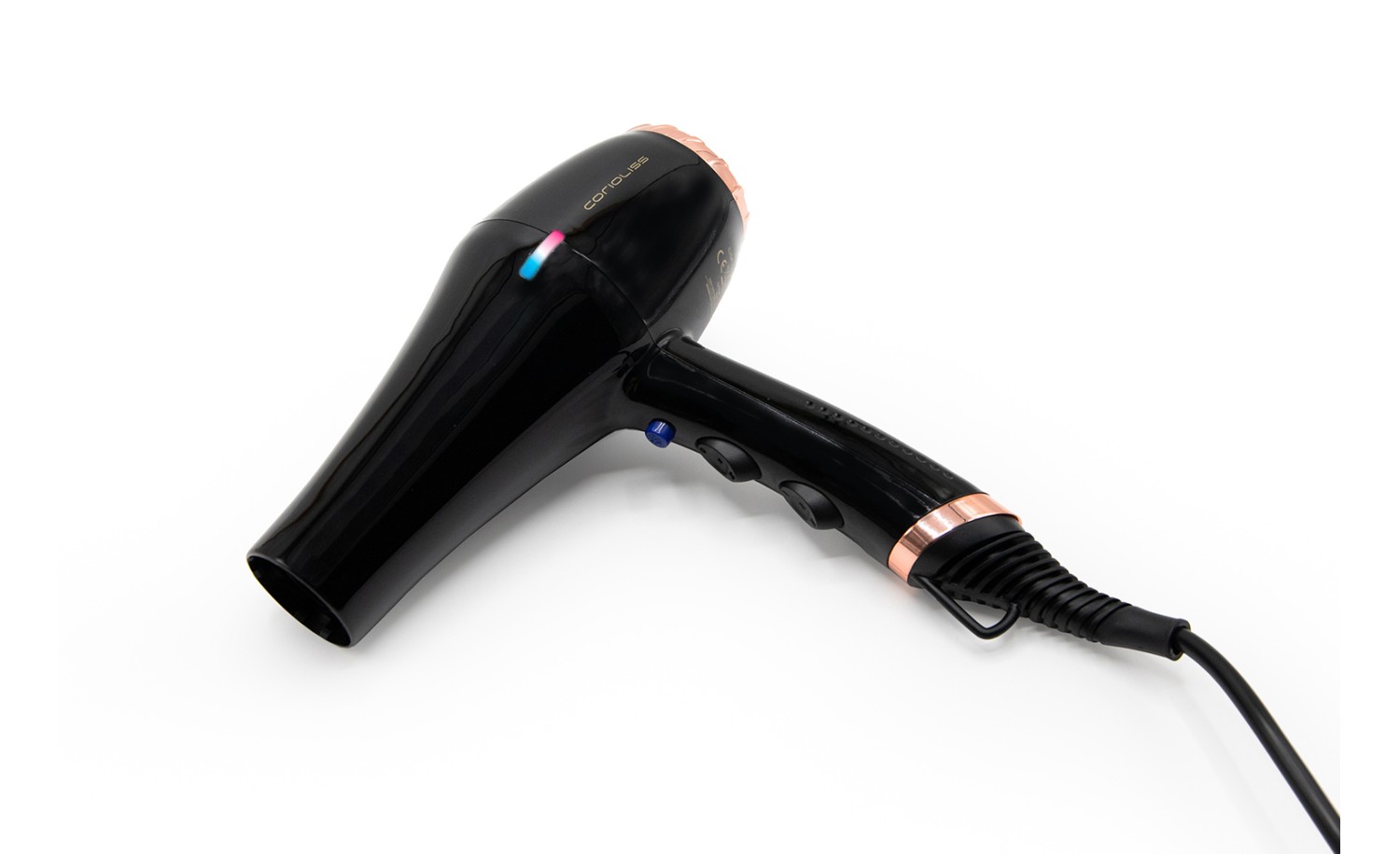

Bathroom Appliances
What Kind Of Energy Transformation Is Taking Place When A Hair Dryer Is Used?
Modified: February 18, 2024
Discover the energy transformation in a hair dryer, a common bathroom appliance. Learn about the conversion of electrical energy to heat energy in this process.
(Many of the links in this article redirect to a specific reviewed product. Your purchase of these products through affiliate links helps to generate commission for Storables.com, at no extra cost. Learn more)
Introduction
Welcome to the fascinating world of energy transformation in everyday appliances! In this article, we will delve into the captivating realm of hair dryers and explore the intriguing process of energy conversion that occurs when using this common bathroom appliance.
Hair dryers have become an indispensable tool in our daily routines, aiding us in achieving the perfect hairstyle and drying our hair efficiently. However, have you ever pondered the science behind the operation of a hair dryer? The seemingly simple act of drying hair involves a complex interplay of energy transformation, which we will unravel in the following sections.
Join us on this enlightening journey as we uncover the captivating process of energy conversion within a hair dryer, shedding light on the scientific principles that power this essential bathroom appliance. Let's embark on an illuminating exploration of the inner workings of a hair dryer and the remarkable energy transformation it undergoes to fulfill its purpose.
Key Takeaways:
- When you use a hair dryer, electricity turns into heat and moving air. This helps dry and style your hair, showing how science and everyday tools work together in a cool way!
- Hair dryers are not just for drying hair. They also use electricity to make hot air and move it around, which can help with styling hair and even crafting projects.
Read more: When Does Pre-Construction Take Place?
The Function of a Hair Dryer
Before delving into the intricate process of energy transformation, it’s essential to understand the fundamental function of a hair dryer. A hair dryer, also known as a blow dryer, is a versatile electrical device designed to expel a stream of hot or cool air to aid in drying and styling hair. It typically consists of a handle, a motorized fan, a heating element, and various control settings to regulate temperature and airflow.
When activated, the motor powers the fan, drawing in surrounding air and propelling it through the heating element. As the air passes through the heating element, it is warmed to the desired temperature before being expelled through the nozzle onto the hair. The adjustable settings allow users to customize the temperature and airflow, catering to different hair types and styling preferences.
Aside from drying hair, hair dryers are also used in various beauty and grooming techniques, such as setting hairstyles, volumizing hair, and even reshaping certain materials in crafts and DIY projects. The versatility of hair dryers makes them a valuable tool in both professional salons and home settings, serving as a multipurpose appliance beyond their primary function.
Now that we’ve gained insight into the basic operation and versatility of hair dryers, let’s unravel the captivating science behind the energy transformation that powers these indispensable devices.
When a hair dryer is used, electrical energy is transformed into heat energy and kinetic energy, as the fan inside the dryer blows the hot air.
Energy Transformation in a Hair Dryer
As we explore the energy transformation within a hair dryer, we uncover a fascinating interplay of physical and electrical processes that culminate in the efficient drying and styling of hair. The energy transformation in a hair dryer involves the conversion of electrical energy into thermal energy and kinetic energy, orchestrating a seamless flow of air at the desired temperature to accomplish its purpose.
When a hair dryer is plugged into an electrical outlet and switched on, it initiates the mesmerizing sequence of energy conversion. The electrical energy from the power source is channeled into the internal components of the hair dryer, setting the stage for the captivating transformation that follows.
The first stage of energy conversion occurs within the heating element of the hair dryer. This component, typically made of nichrome wire, harnesses the electrical energy and transmutes it into thermal energy through resistance heating. As the electric current encounters resistance within the heating element, the electrical energy is metamorphosed into intense heat, elevating the temperature of the surrounding air as it passes through.
Simultaneously, the motor within the hair dryer harnesses the electrical energy to drive the fan, converting it into kinetic energy. The rotational motion of the fan blades generates a powerful airflow, drawing in ambient air and propelling it through the heated element. This results in the expulsion of a continuous stream of warm air, effectively drying and styling the hair.
The seamless orchestration of energy transformation within a hair dryer showcases the remarkable synergy of electrical, thermal, and kinetic energy, culminating in the efficient and versatile operation of this essential bathroom appliance. The intricate interplay of these energy forms harmonizes to deliver the desired airflow at the specified temperature, catering to diverse styling requirements and hair textures.
By unraveling the captivating energy transformation in a hair dryer, we gain a deeper appreciation for the scientific principles underpinning its functionality. The seamless conversion of electrical energy into thermal and kinetic energy within the confines of a hair dryer exemplifies the marvels of engineering and physics at play in our everyday lives.
Conclusion
Embarking on this enlightening exploration of the energy transformation within a hair dryer has unveiled the captivating scientific principles that power this ubiquitous bathroom appliance. From the seamless conversion of electrical energy into thermal and kinetic energy to the orchestration of a continuous stream of warm air, the inner workings of a hair dryer epitomize the harmonious interplay of physical and electrical processes.
By comprehending the intricate energy transformation taking place within a hair dryer, we gain a deeper appreciation for the seamless fusion of engineering and physics that underpins its functionality. The conversion of electrical energy into thermal energy within the heating element, coupled with the transformation of electrical energy into kinetic energy to drive the fan, showcases the remarkable synergy of energy forms at work.
Moreover, the versatility and adaptability of hair dryers as multipurpose tools in beauty, grooming, and even crafting endeavors underscore their significance in our daily lives. Whether it’s achieving the perfect hairstyle, setting hair in place, or embarking on creative projects, the functionality of a hair dryer extends beyond mere hair drying, amplifying its utility and value.
As we conclude our exploration, it’s evident that the seemingly simple act of using a hair dryer encompasses a captivating journey of energy transformation, seamlessly blending scientific principles with practical functionality. The marriage of electrical, thermal, and kinetic energy within the confines of a hair dryer exemplifies the marvels of engineering and physics that enrich our everyday experiences.
Next time you reach for your trusty hair dryer, take a moment to marvel at the intricate energy transformation occurring behind the scenes, propelling a stream of warm air to effortlessly dry and style your hair. The unassuming bathroom appliance is, in essence, a testament to the captivating fusion of science and utility, enriching our daily routines in ways that often go unnoticed.
May this newfound understanding kindle a deeper appreciation for the remarkable energy transformation within a hair dryer, infusing a sense of wonder into the seemingly mundane moments of our lives.
Frequently Asked Questions about What Kind Of Energy Transformation Is Taking Place When A Hair Dryer Is Used?
Was this page helpful?
At Storables.com, we guarantee accurate and reliable information. Our content, validated by Expert Board Contributors, is crafted following stringent Editorial Policies. We're committed to providing you with well-researched, expert-backed insights for all your informational needs.
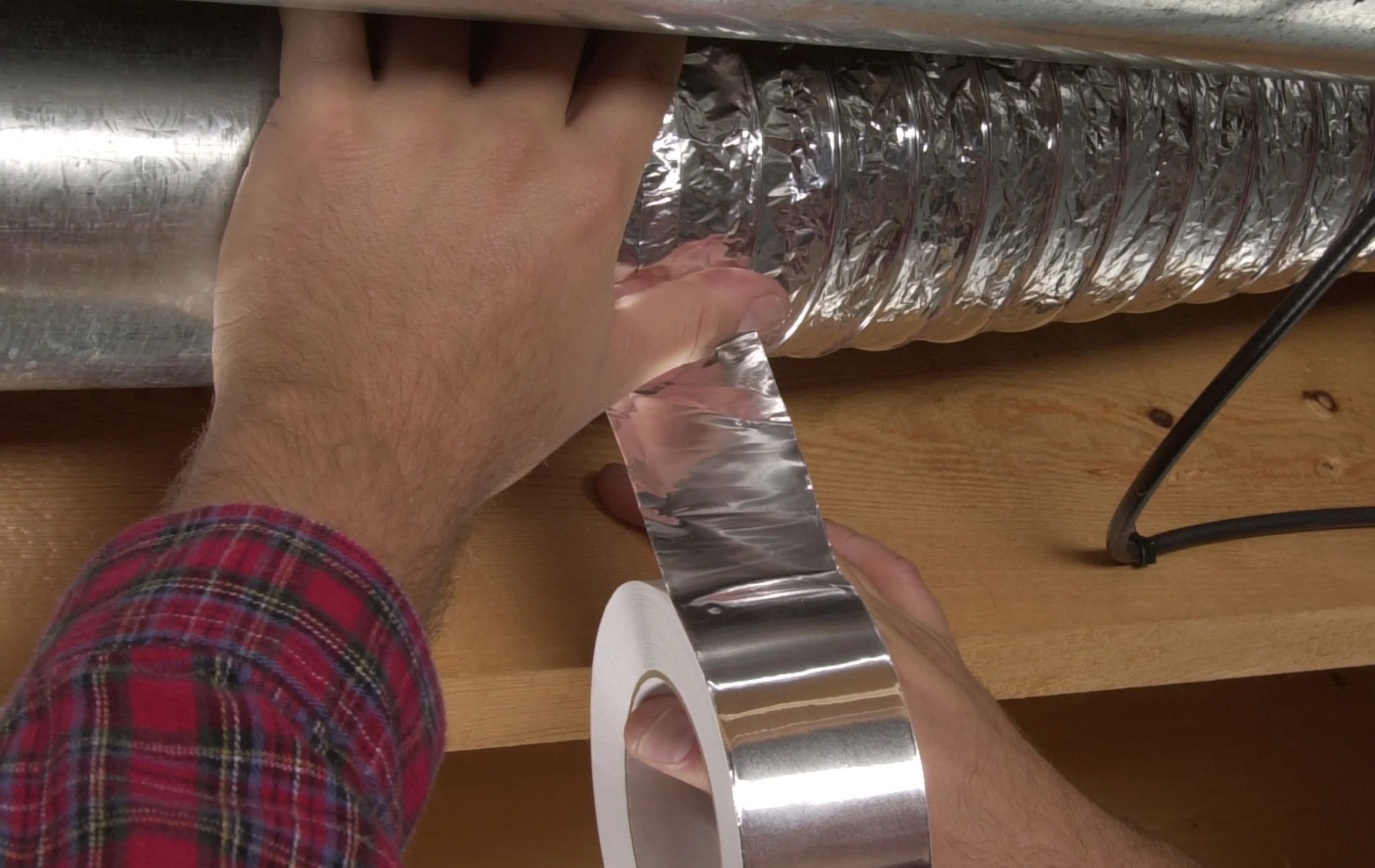
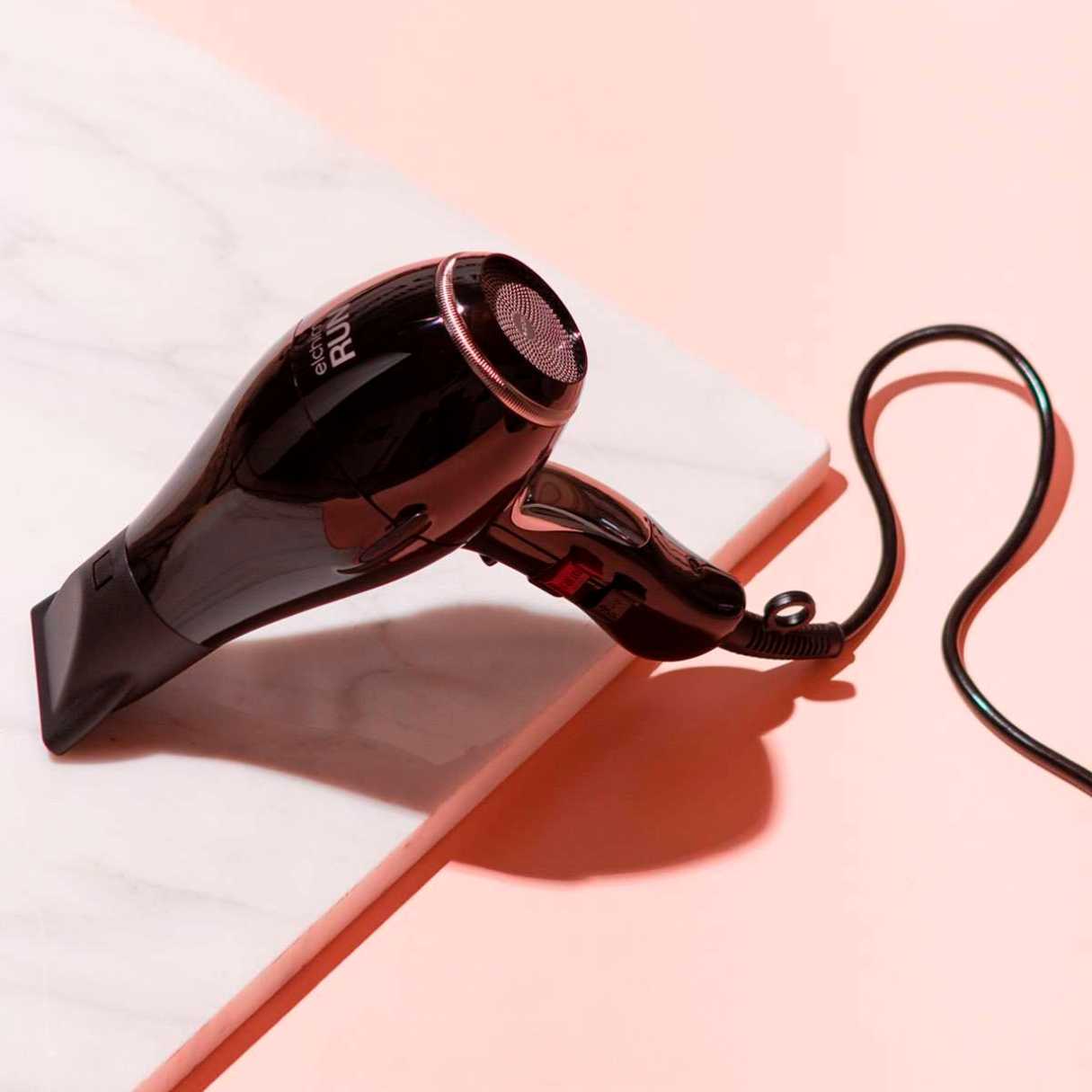
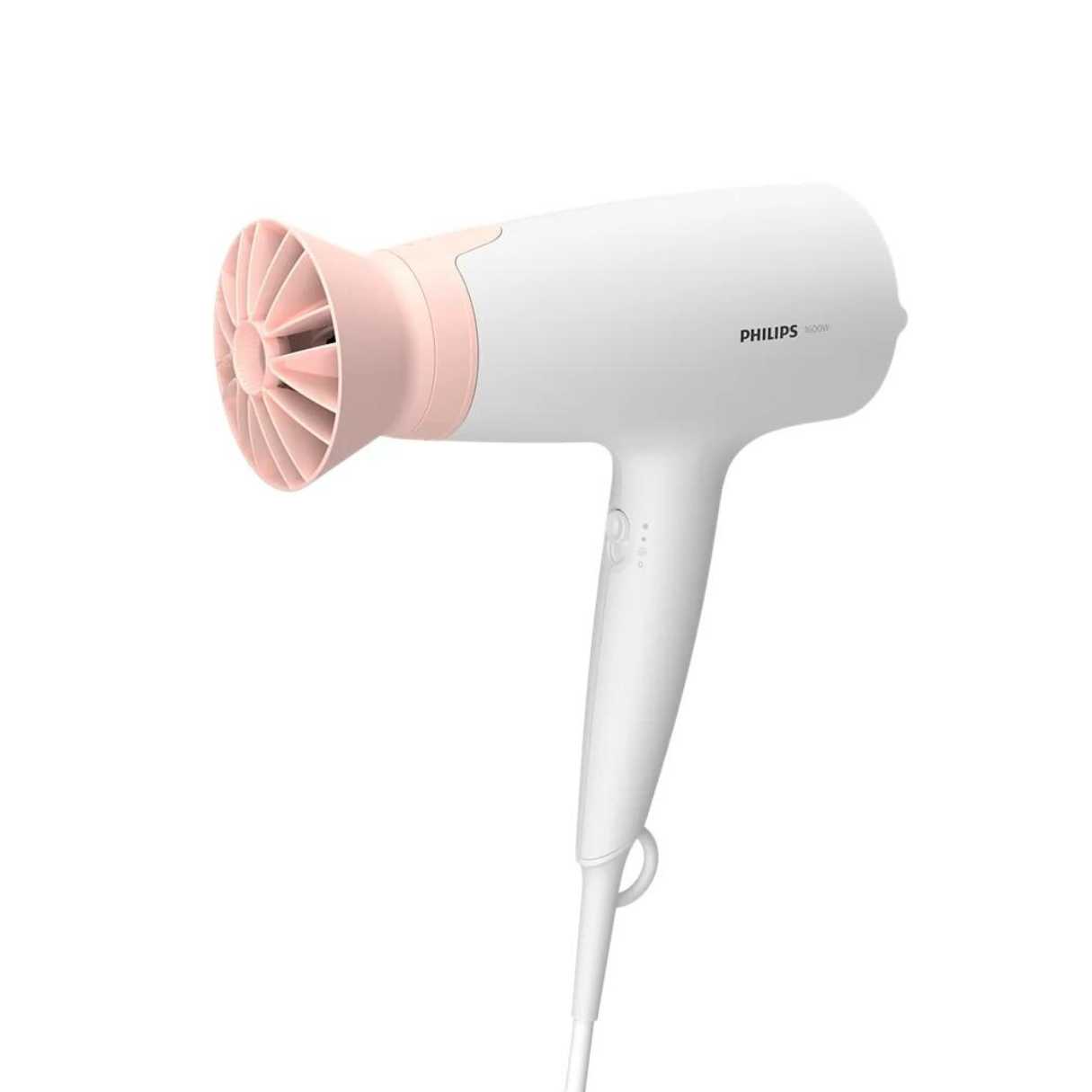
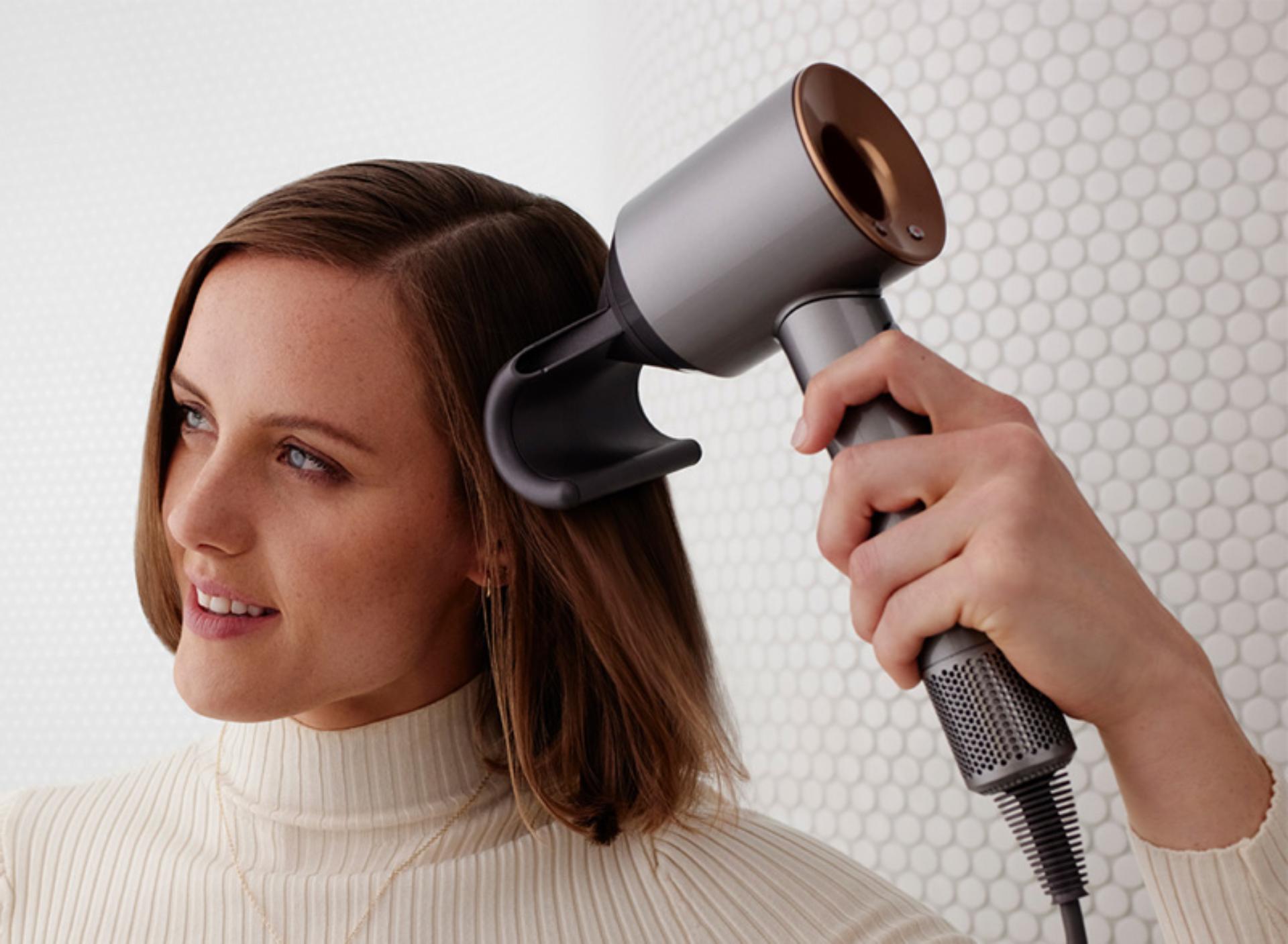

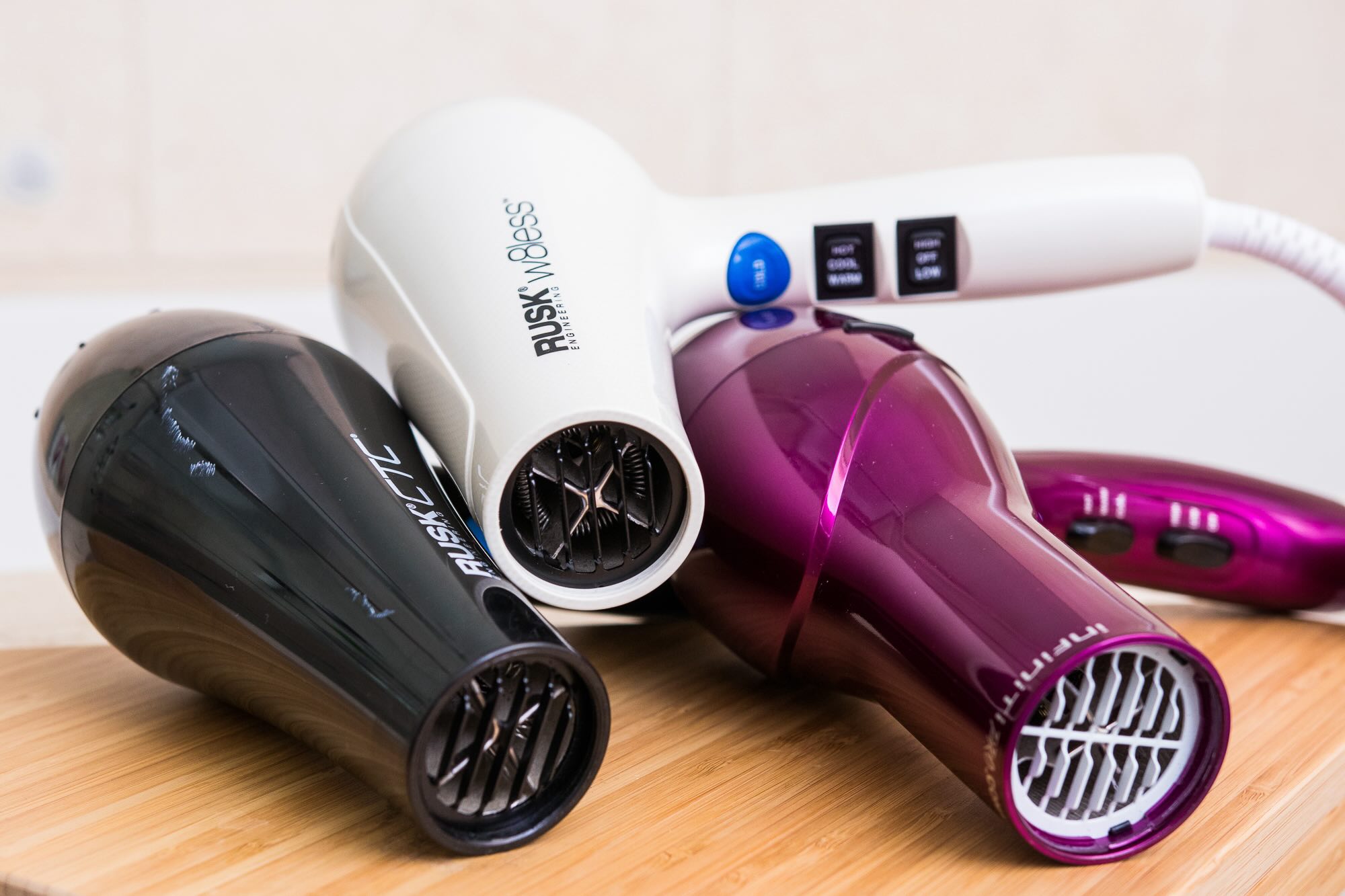
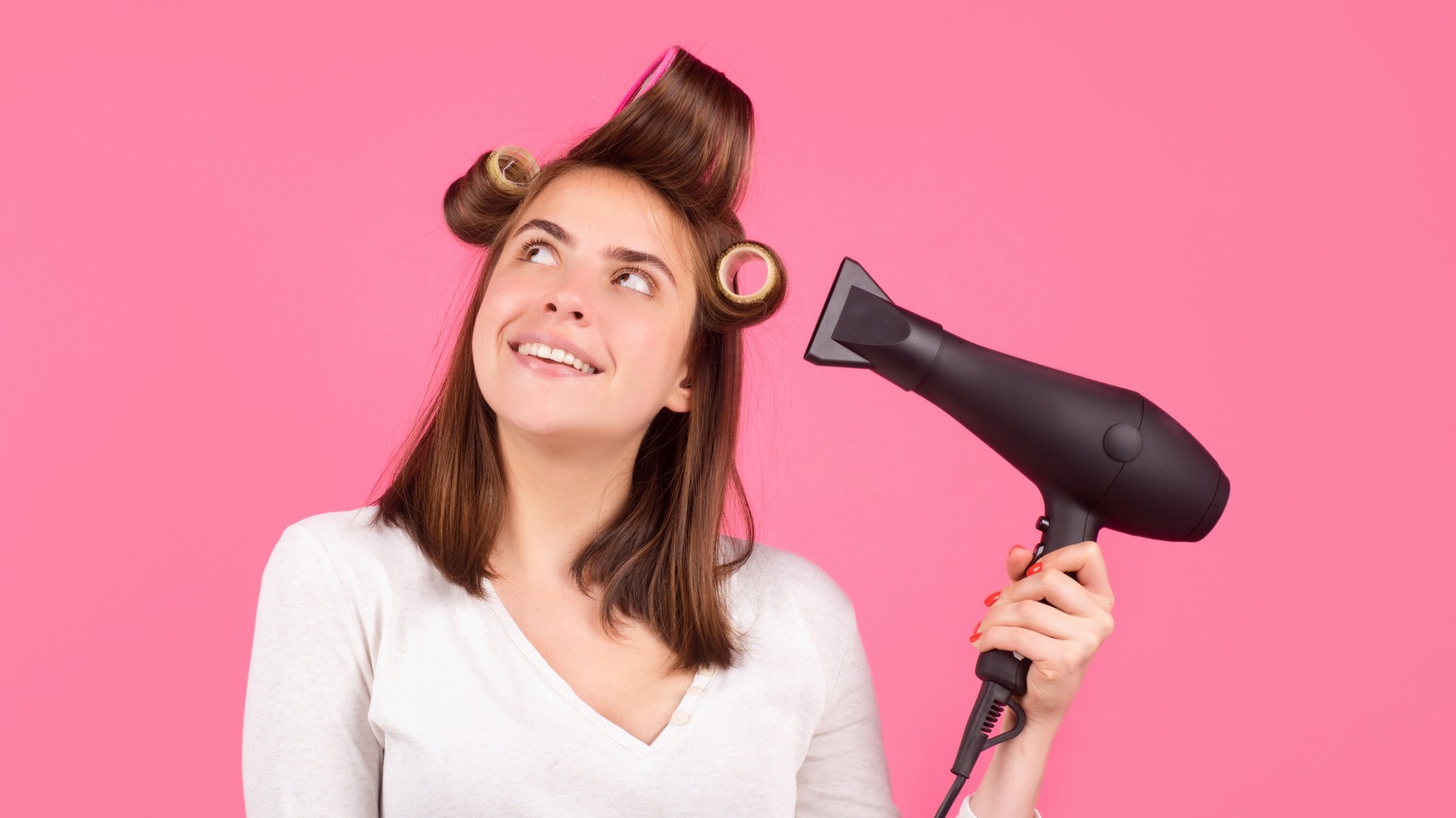
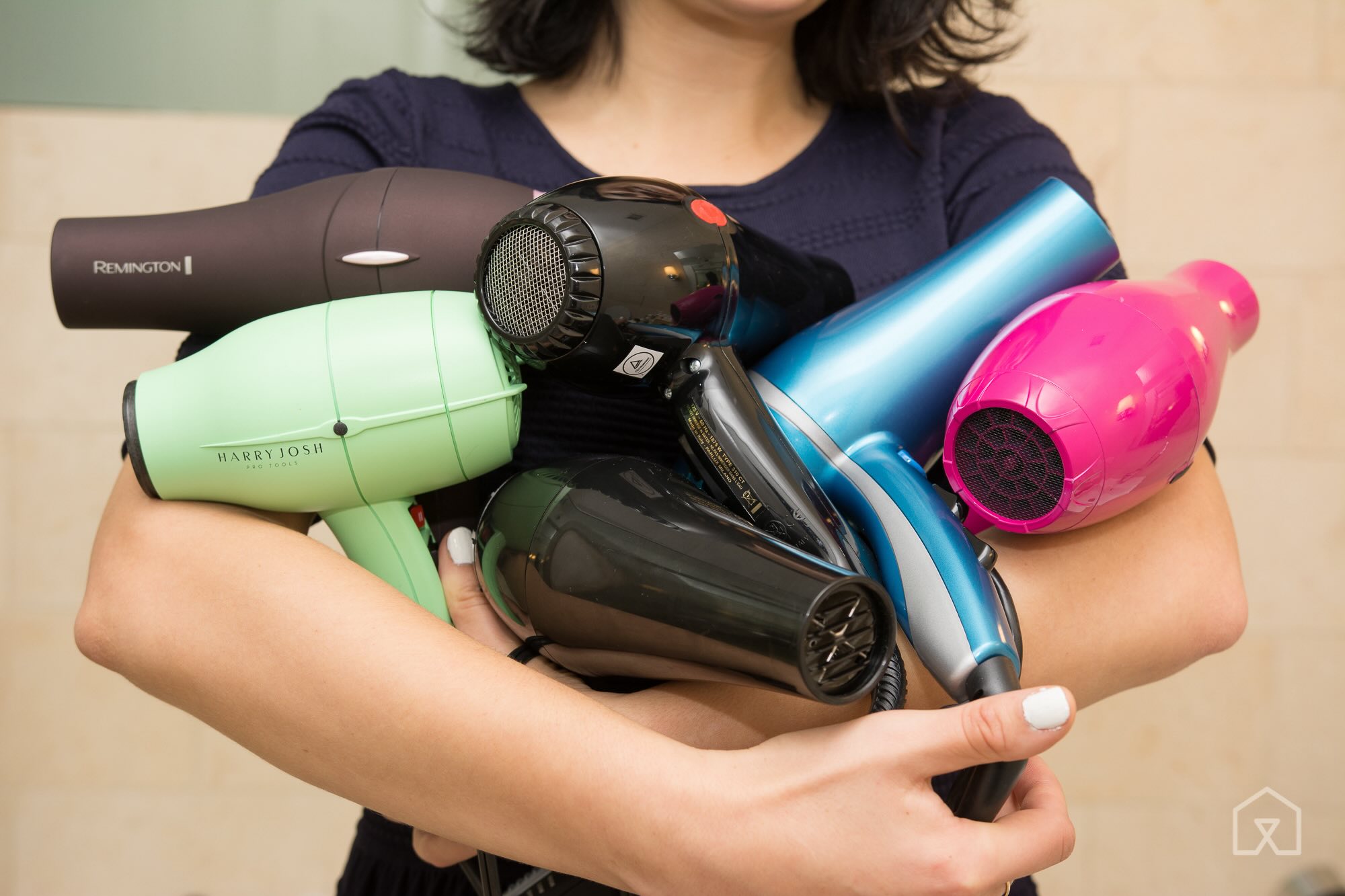

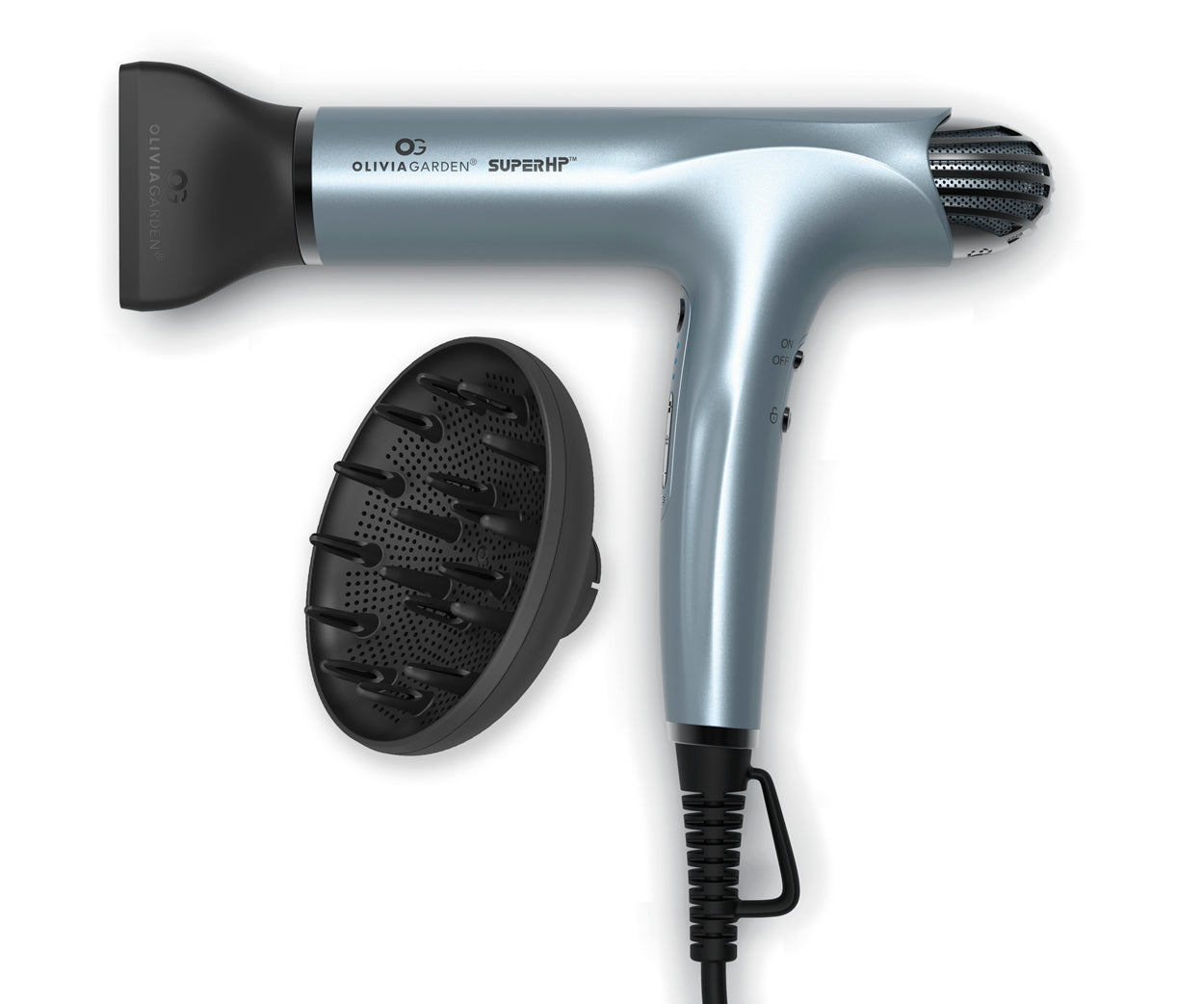
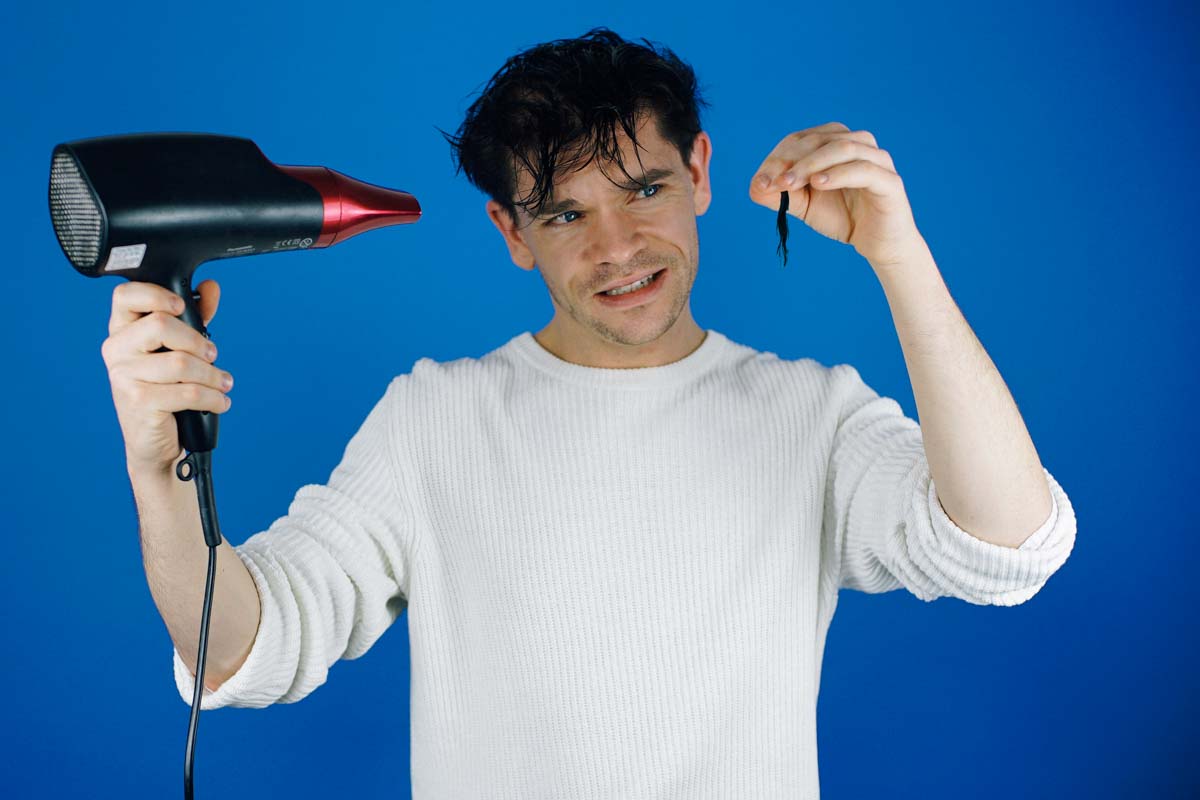
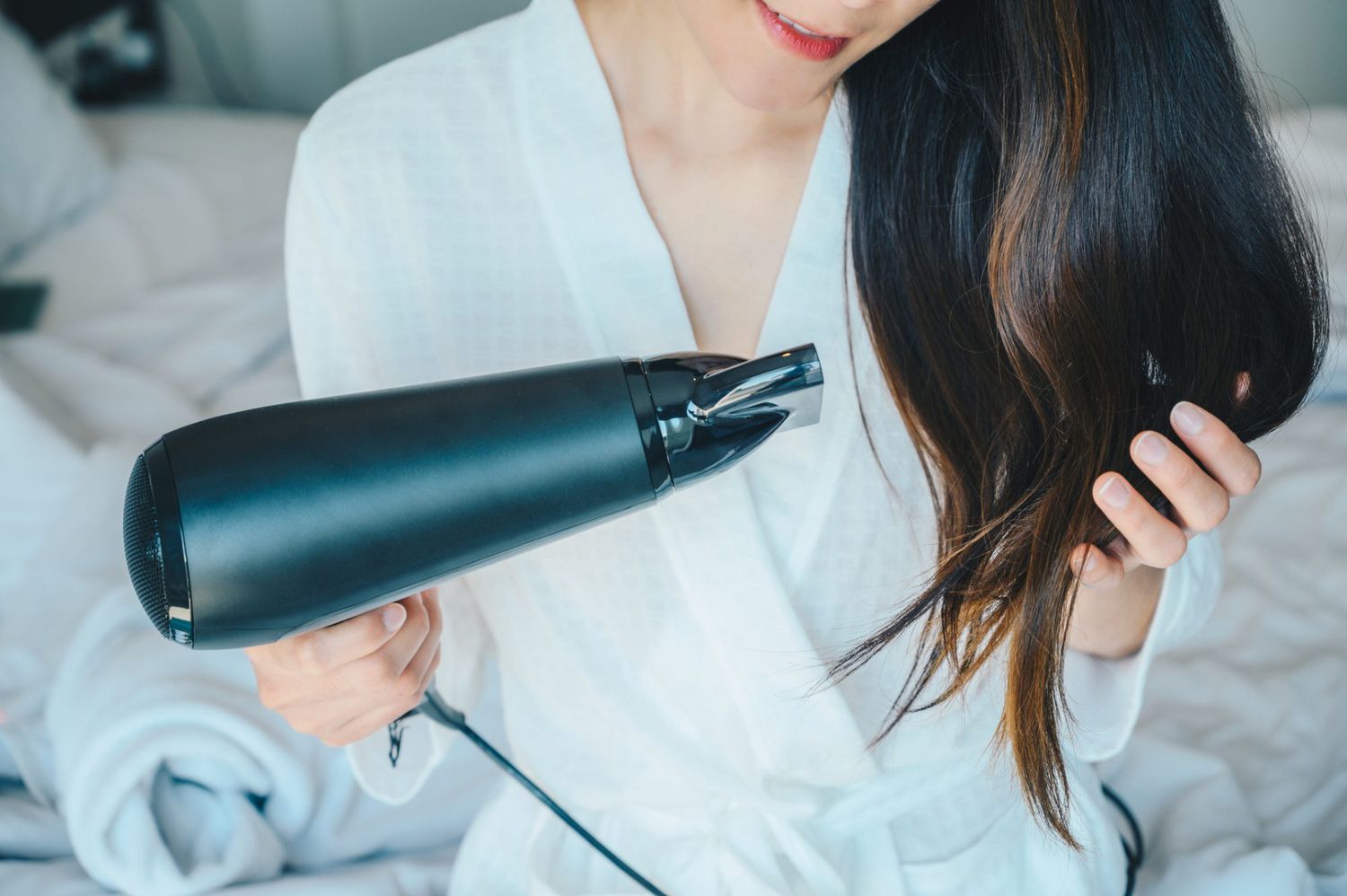

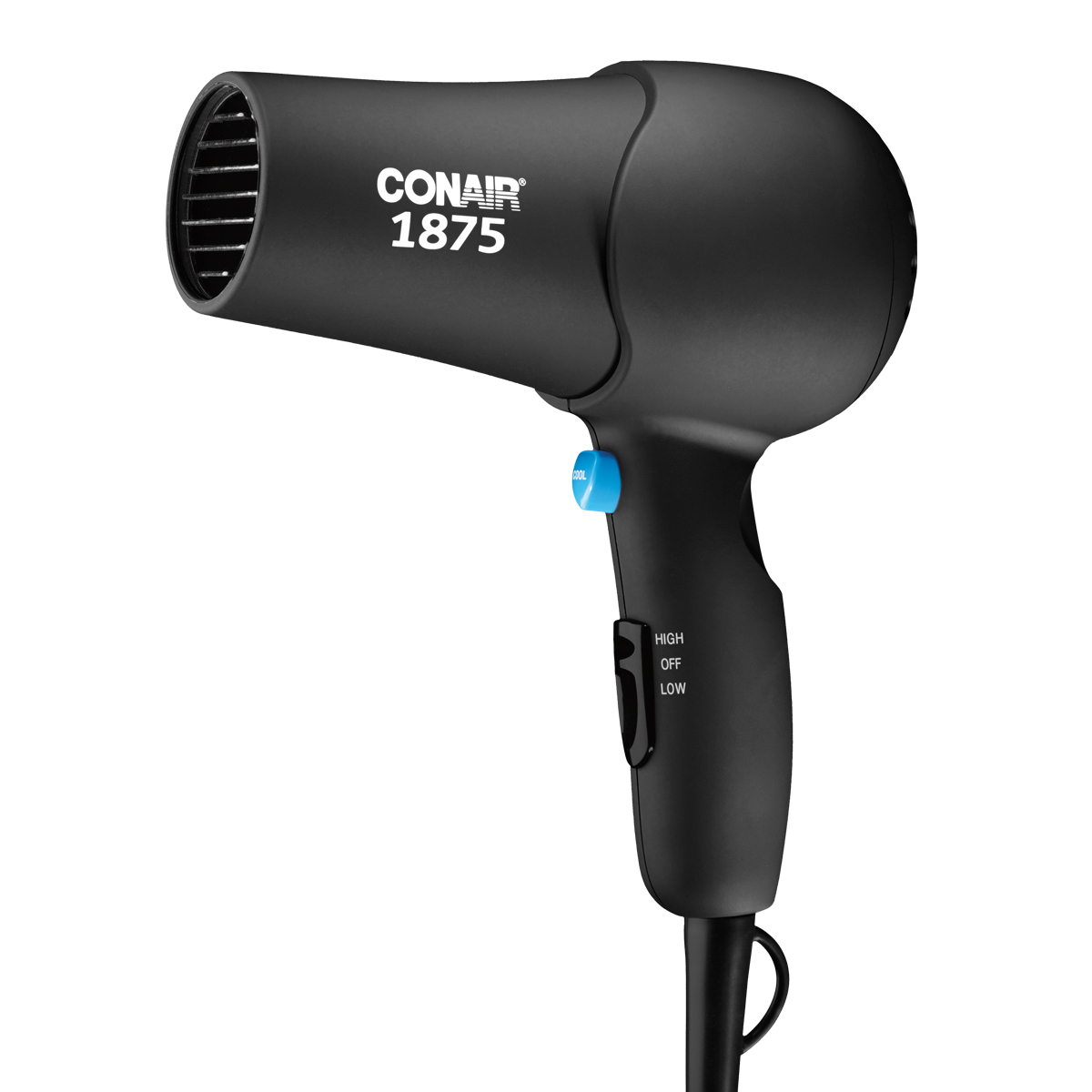
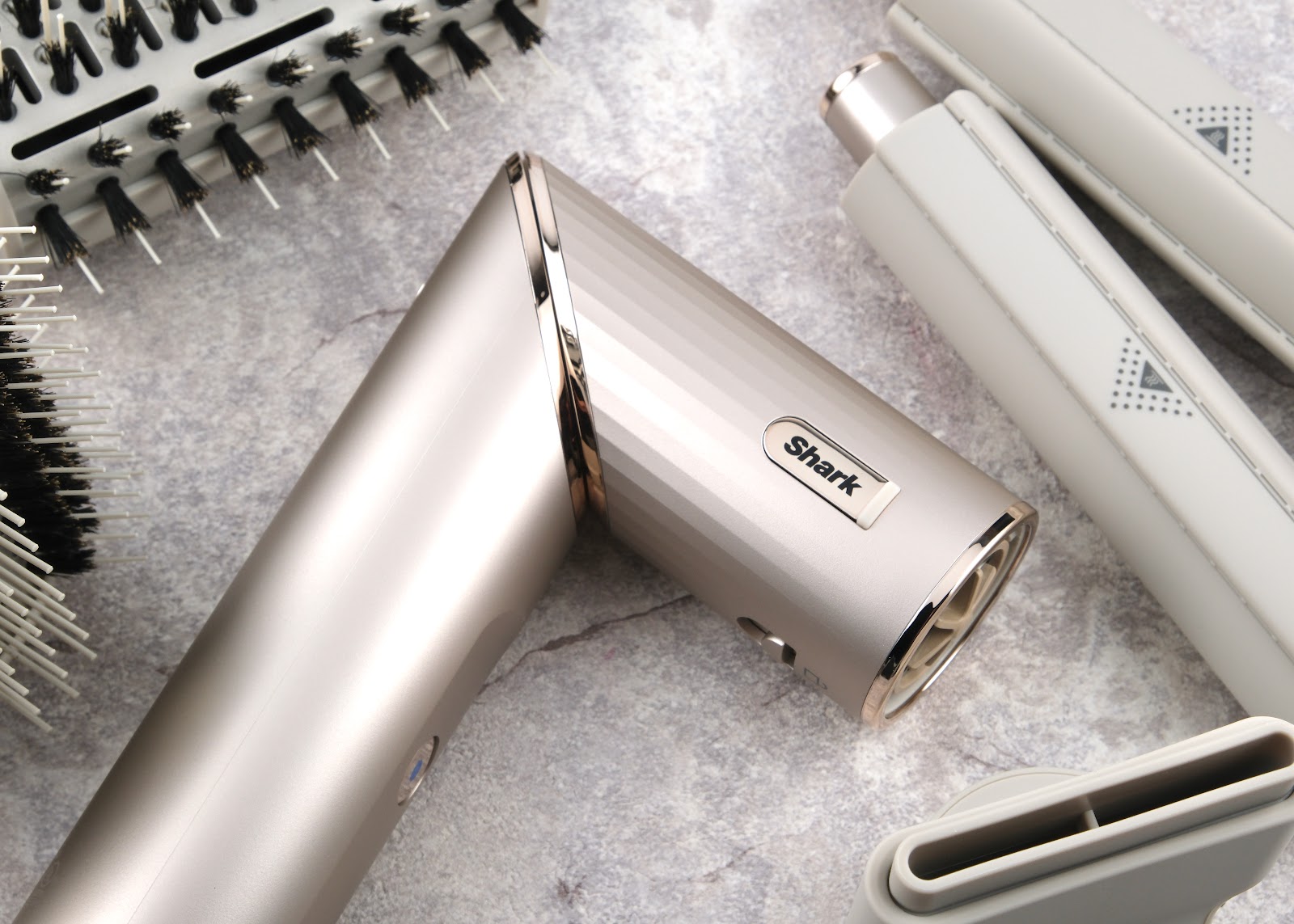

0 thoughts on “What Kind Of Energy Transformation Is Taking Place When A Hair Dryer Is Used?”